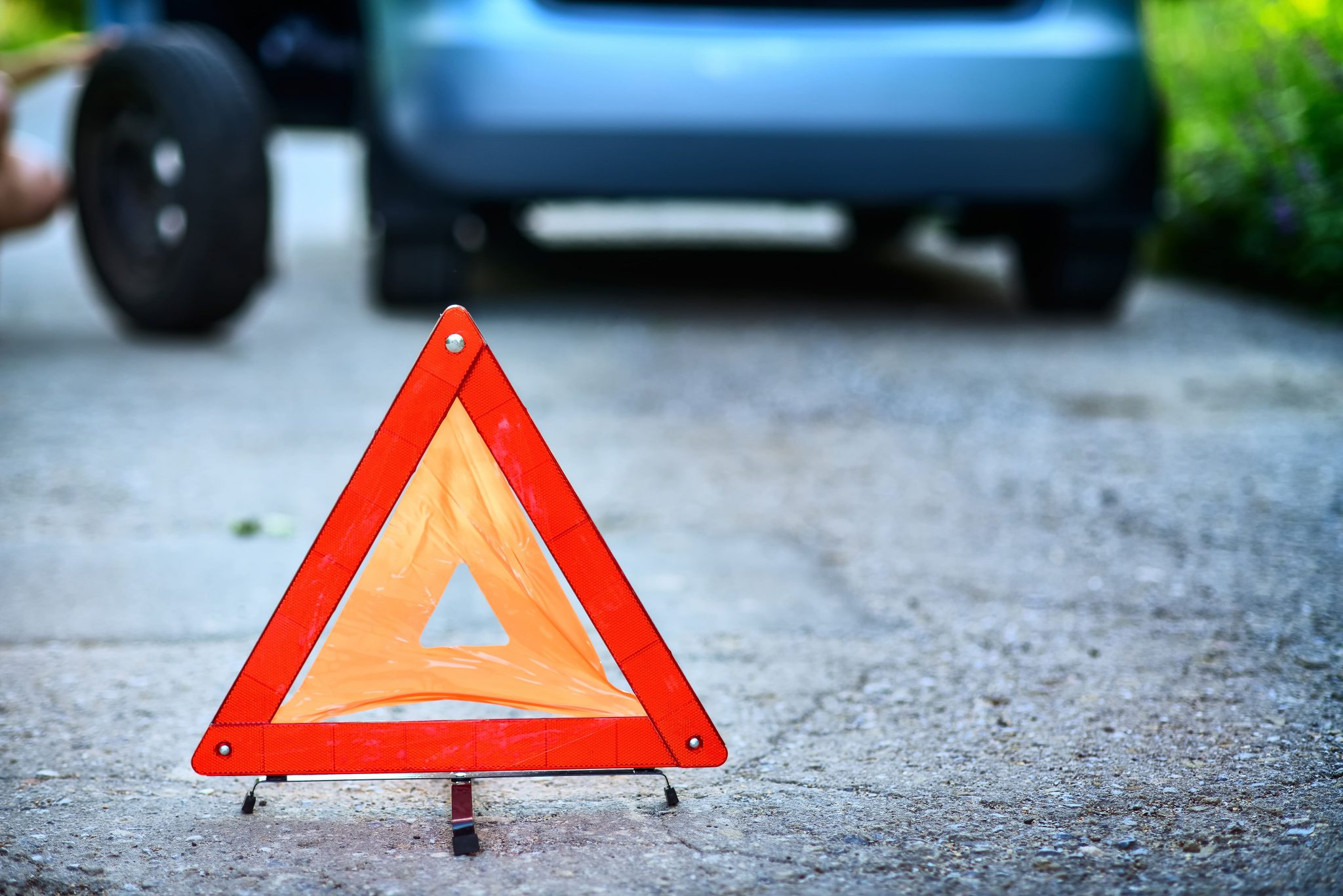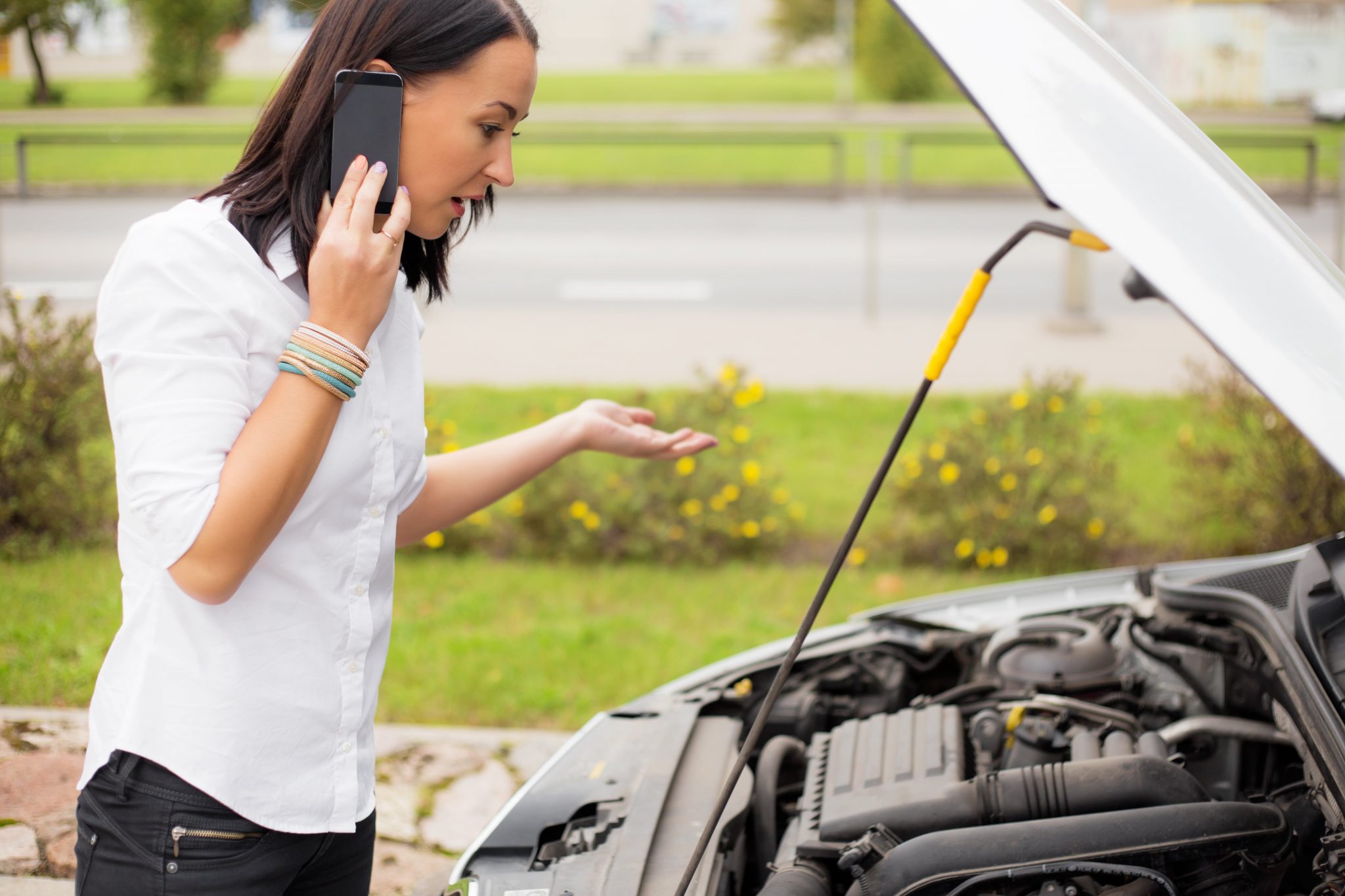Tips for Do-It-Yourself Roadside Assistance
A road trip should be full of new experiences and fun-filled activities, not stress and roadside danger. While accidents are unavoidable, there are some key steps you can take to prepare for your next trip. Explore top roadside emergency safety tips today and find out how you can enjoy the trip of your dreams with a new or used Chevrolet in the Phoenix Metro area.
Prepare an Emergency Kit for Your Car
The Arizona countryside and highways are excellent places to start your road trip. Be sure to follow the ADOT road trip safety recommendations for preparing an emergency kit. Browse this roadside assistance tool list to see if you have the items you need to keep yourself and your vehicle safe:
- First-aid kit
- Battery cables
- Safety flares and flashlight
- Road map
- Food and water
- Additional coolant to prevent an overheated engine
A first-aid kit should include pain relievers, bandages, allergy medication, and any prescription medication you or others need. Hand sanitizer is another great item to keep you healthy on the road.
Battery cables are an easy way to recharge your battery. If you are planning an off-road trip or exploring remote areas, consider bringing a spare battery or a rechargeable battery charger to keep your vehicle moving. A dead battery prevents you from starting your vehicle, turning on headlights, or using your air conditioner. It’s easy to forget your headlights or another electronic device in your car, which can drain your battery.
Flares and flashlights keep you visible on the road during low-light situations. Nighttime in the deserts of Arizona can be a particularly cool and dark experience. Keep yourself safe while waiting for roadside assistance or while performing DIY roadside repairs.
Flares are powerful lights that signal your location to oncoming traffic. They are typically one-time use, so be sure to pack a few in your kit. Bring along additional batteries for your flashlight so you don’t have to worry about running out as you change a tire, recharge your battery, or wait for a tow truck.
Don’t rely on your GPS or smartphone to take you to your destination. While these devices are handy to have, your emergency kit should always include a state map or a complete map of the United States. A paper map points you in the right direction even when you lose power.
Some roadside emergencies take hours to handle. In extreme events, some travelers are even stranded for days at a time. Don’t risk dehydration while you’re waiting for assistance, but pack snacks and plenty of water to beat the heat on your trip.
Finally, extra coolant can be a life-saver when you’re crossing deserts or heading up mountains. The countryside in Arizona and the surrounding area is full of stunning views and unique climates. Extreme heat or high-elevation drives can really put your radiator to the test. If your water temperature begins to rise to unsafe levels, top off your radiator with extra coolant.
Review How To Change a Tire
When was the last time you changed your tire? This is one of the most common roadside accidents, so it’s important to brush up on your knowledge. Don’t let a flat tire ruin your day, but check your vehicle for these items:
- Spare tire or donut
- Lug wrench
- Jack
- Gloves or work clothes
Depending on the time of year and time of day, you may also need a flashlight and some warm clothing. Changing a tire can get your hands dirty, so if you’re traveling in casual or formal clothing you’ll want to pack a jumpsuit or other clothing that you can work in.
Find a safe place to park your car. While you shouldn’t drive on a flat tire, you can slowly pull forward or further off the road to ensure a safe workplace. Gather the above items outside of your vehicle in a safe, visible place. Remove the hubcap to locate the lug nuts of the flat tire. Loosen the lug nuts before jacking up your vehicle.
Follow your owner’s manual on the safest place to place your jack before lifting your vehicle. Lifting your vehicle from the wrong spot can be dangerous and damage your vehicle. Once your flat tire is lifted in the air, completely remove the lug nuts and tire. Place the spare tire on and hand-tighten the lug nuts. Lower your vehicle and finish tightening up the nuts. Replace the hubcap, gather your items, and drive slowly at first to ensure a secure replacement tire.
Plan Your Route
While it may seem romantic or adventurous to simply hop in your car and hit the road, this can leave you unprepared for the climate and other difficulties you may face. Your road trip from Phoenix could take you to subzero temperatures, mountainous terrain, ocean beaches, or sweltering deserts. Understanding the route you’ll take is the first step to reviewing your packing list and preventing a roadside incident.
Keep Your Friends and Family Informed
Once you find out where you’re going, keep your loved ones informed. Some road trips take you to places with limited cell service, so your loved ones need to know when to expect you back or at a particular location. This tip roadside assistance can prevent your loved ones from worrying and help point them in the right direction if you are stranded without cell service.

Listen To Your Vehicle
Many roadside emergencies start with an unusual sound or performance issue. Get used to the sounds of your car so you know what to look for as a usual symptom. Treat your check engine light and other warning signs as serious. If you have an OBD-II scanner, you can find out the specific system or sensor that is causing your warning light to turn on.
Some check engine light issues aren’t serious, but some require immediate attention. Look for signs of a stalling engine, smoke, burning smells, or other performance issues. Some vehicles have two types of check engine lights: a steady, yellow light and a blinking red one. A red and/or blinking light is a sign of an issue that requires immediate attention, while a yellow or orange light may simply require a tune-up after your trip is over.
Perform Preventative Maintenance
There are a few maintenance steps you can take to keep your favorite vehicle ready to go the distance. Ask your local dealer about these maintenance steps to see if your car is due for a maintenance task:
- Oil change
- Fluid top-off
- Brake pad replacement
- Tire rotation
- Battery replacement
- Engine tune-up
These services can improve or restore your fuel economy and horsepower. They can also prevent a sudden breakdown that can ruin your road trip.
Test Drive a Reliable Vehicle in the Valley
For a hassle-free road trip experience, follow these tips roadside safety and find a dealer near you to test drive a new or used Chevy. At Valley Chevy, we’re your premier provider of maintained cars, trucks, and SUVs that are ready for any roadside adventure in Arizona and throughout the country.


